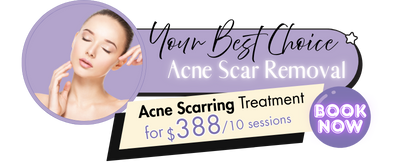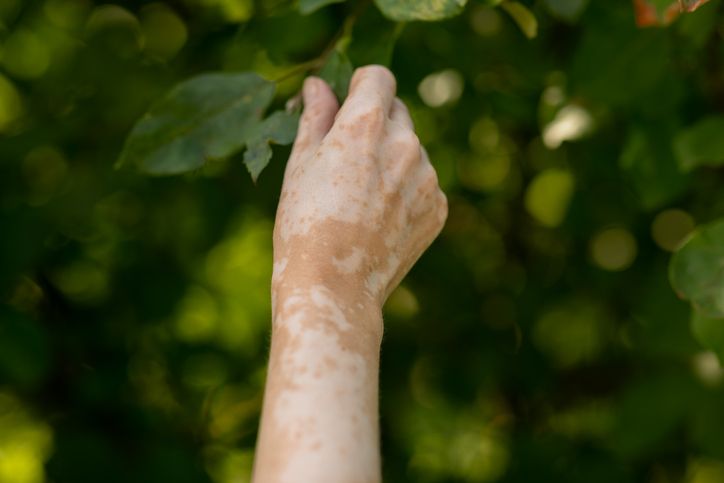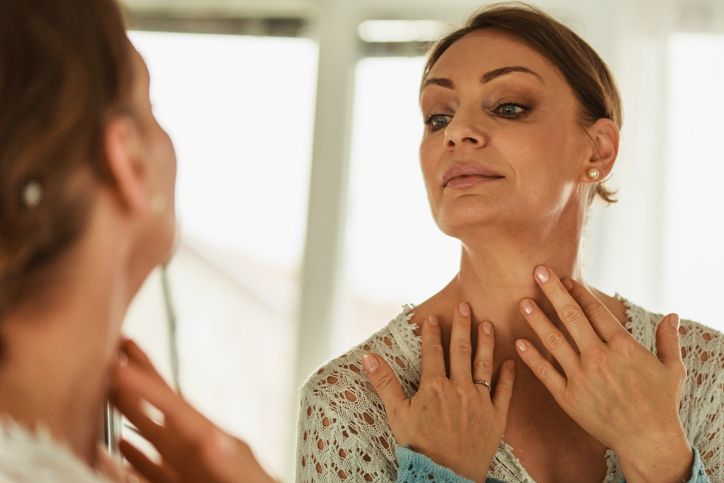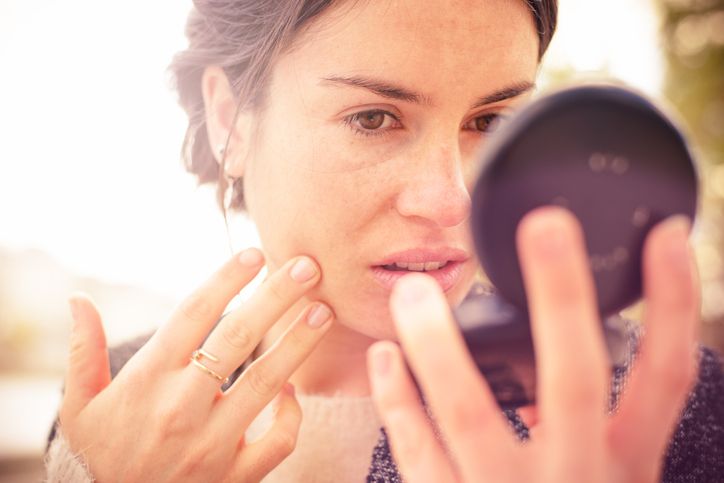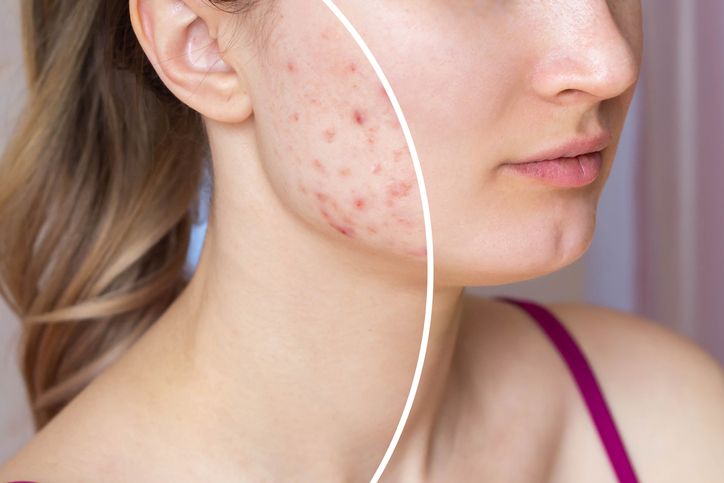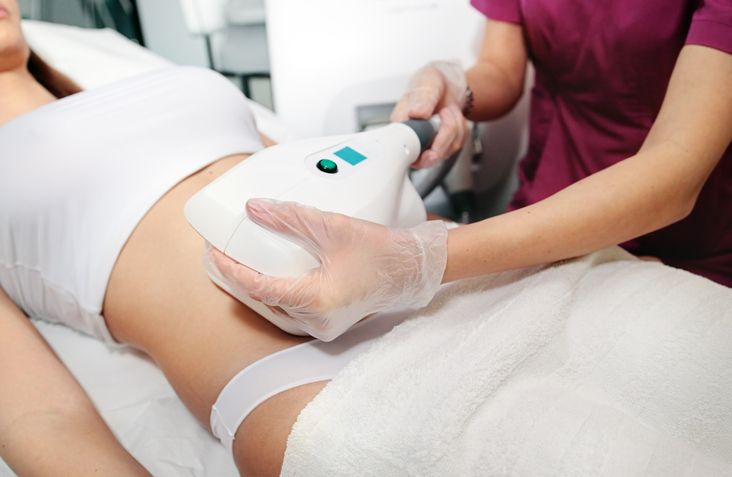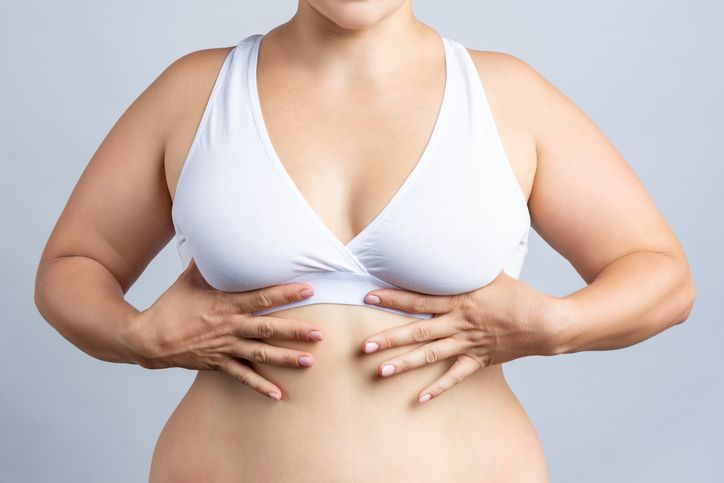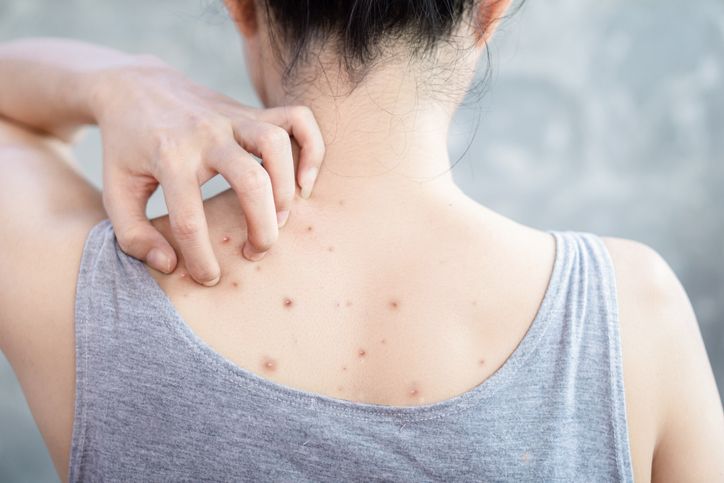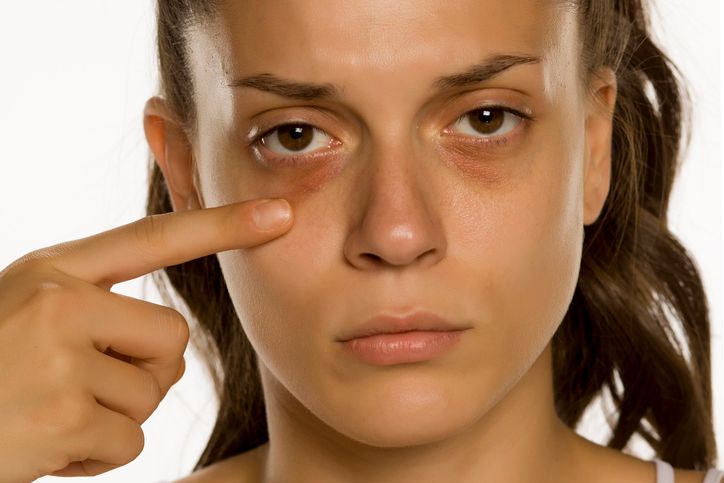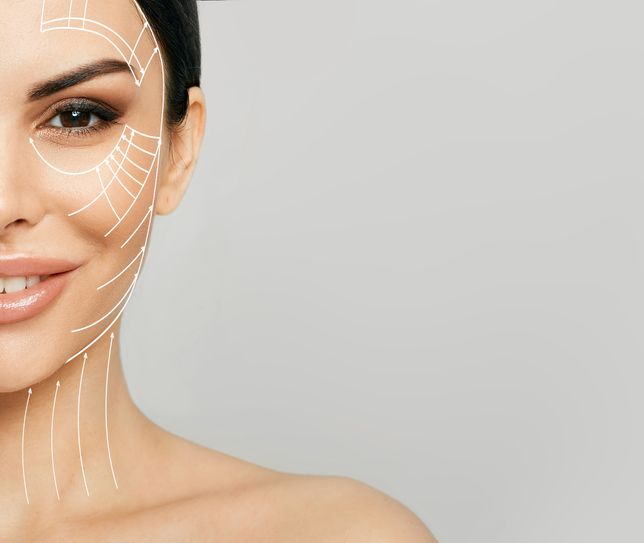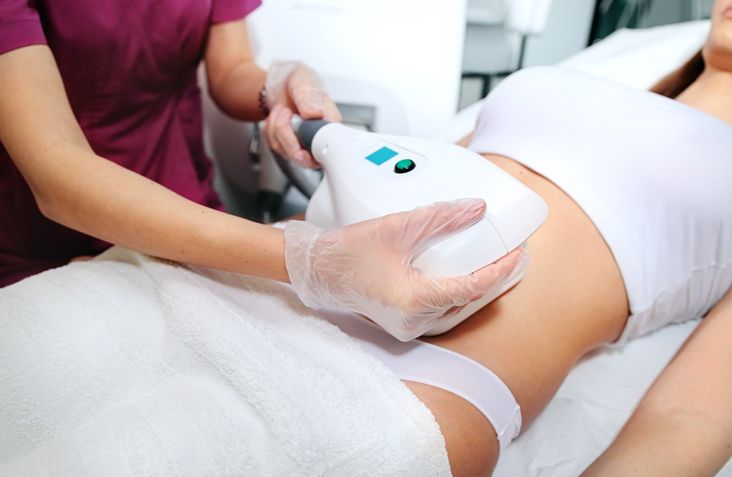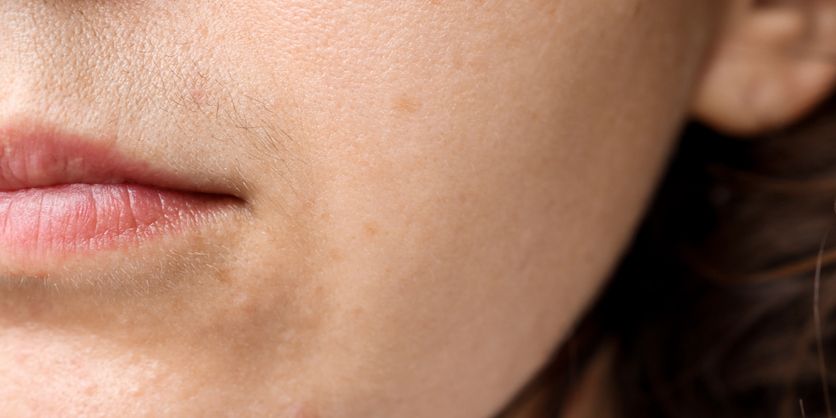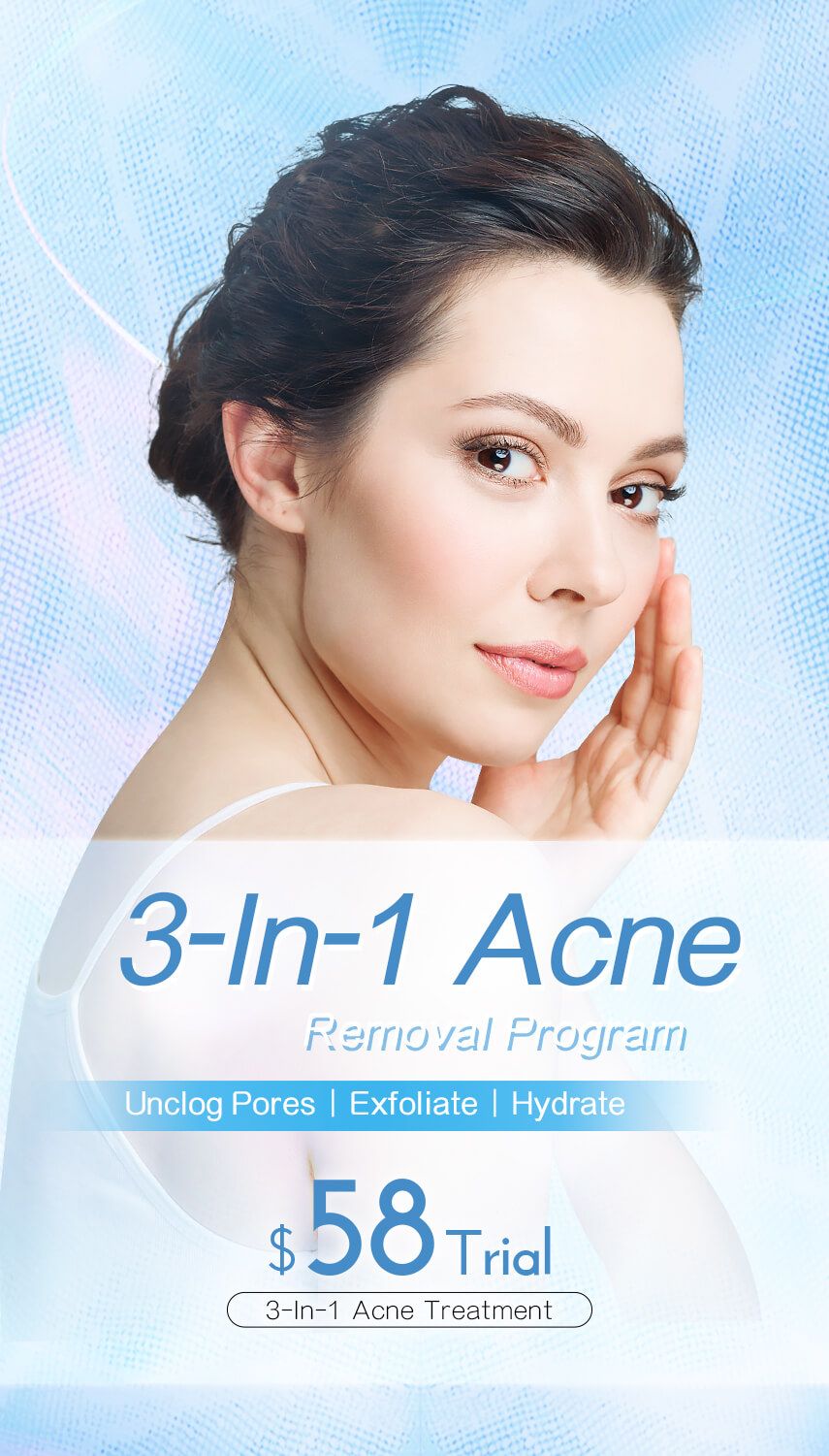
作者: Sophia Man|更新:2024年6月4日
Acne primarily impacts teenagers and new adults, with approximately 80% of persons aged 11 to 30 suffering from pimples at a certain time. Cystic acne represents the most extreme type and impacts a much smaller proportion of individuals. The Centers for Disease Control and Prevention (CDC) discovered in 2009 that the leading common cause for consulting a skin specialist was a pimple outbreak. Acne vulgaris itself might make you question your lifestyle but severe, cystic acne might push you to the brink of no-confidence as it covers the face with huge and painful breakouts. To treat cystic acne, one may need additional treatment due to its blistery nature and thanks to modern technology, one may be entitled to treat acne and acne scars by undergoing one or multiple types of treatments to give your face the smooth and natural glow it deserves. In this article, we will be looking into what constitutes severe cystic acne along with its causes and symptoms. We will also be looking into various acne treatments in Australia that help to control and prevent cystic acne development. Finally, we will be looking at Perfect Laser Clinics’s very own acne treatment in Melbourne and Sydney that helps to remove cystic acne permanently and controls excessive sebum production without leaving any scars for a supple and clear face!
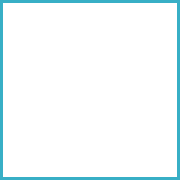
1
What Defines Cystic Acne?
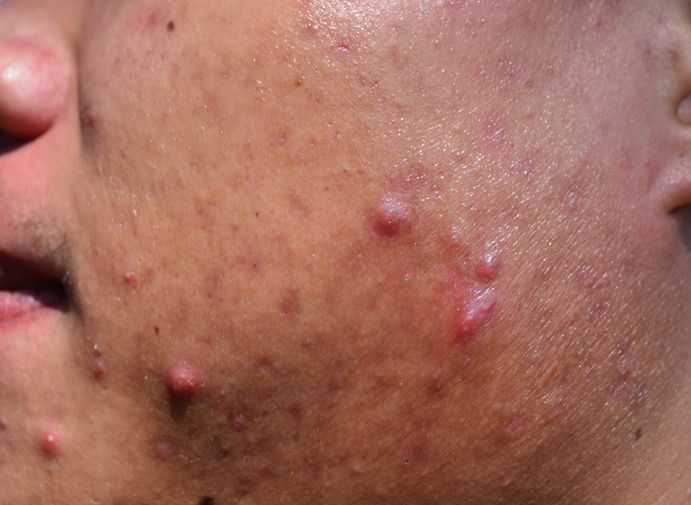
One of the most severe kinds of breakouts is cystic acne. It occurs when an abscess develops deep beneath the epidermis of a person with more oily skin. This is possibly caused by a buildup of germs, sebum, and dried skin cells within the skin's free sebaceous glands.
Though blemishes can affect everyone, cystic acne is more common in persons with greasy and oily skin. It is additionally more prevalent in adolescent girls, women, and older individuals who have hormonal problems.
Cystic acne develops overall with maturity. The obstinate and unpleasant lumps, on the other hand, will not disappear all by themselves. Severe pimples are more than simply a few tiny pimples that go away within a period of days.
Severe breakouts are characterised by big cysts or inflammatory acne breakouts that encompass a considerable region of the epidermis. Inflammation, scars, and stiff, stinging blisters could also result from severe breakouts. Dealing with cystic acne can just be aggravating. You might be compelled to do certain activities that will only make the situation direr.
While finding what helps individuals might require some time, there seem to be various viable therapies for severe breakouts. Throughout breakouts, the appropriate tactics can provide comfort while also preventing infections, discolouration, and damage to skin tissues that cause scarring to the skin.


2
What are the Causes of Cystic Acne?

Sebaceous nodes in the natural skin capillaries produce an oily residue called sebum.
Healthy sebum discharges maintain the follicles and epidermis, but excessive sebaceous synthesis and skin cell development can lead pores to become clogged. This can generate ideal circumstances for acne proliferation.
One of the most inflammatory and torn varieties of acne is cystic acne formation.
The most prominent reason for producing acne during the early teen years is hormone fluctuations. During adolescence, systemic androgen levels of hormones rise considerably, resulting in a boost in oil generation; epidermal cells also start developing very rapidly.
Nevertheless, acne is indeed not limited to youth, and some other causes include:
· greasy products, washes, moisturizers, and clothes · biological imbalances linked to menstruation, conception, fertility control, the application of hormone replacement therapy, and stress · high moisture content and perspiration heredity · certain individuals are inherently more sensitive to various medicines and substances, including corticosteroid, lithium, phenytoin, and isoniazid, which may aggravate or induce acne-like outbreaks
There are various beliefs concerning the origins of breakouts, many of which attribute elements that scientific analysis has disproved.
Breakouts, particularly cystic acne, are not induced by the following factors:
· cocoa, nuts, and fatty meals · the majority of other food diversity · sexual activity with poor hygiene · insufficient face cleansing

3
Symptoms that Accompany Cystic Acne Formation

Acne causes signs that we are all acquainted with. Cystic pimples appear as the most apparent type since it develops abscess and nodular issues in addition to inflamed pustules and blisters. This type of pimple outbreak can also leave noticeable scars.
All types of breakouts can have an influence on one's self-confidence and temperament, but cystic acne is much more likely to cause emotional distress since it has a bigger influence on the aesthetics of the facial region and adversely impacts teenagers who might feel highly awkward in social settings.
Many pimples sufferers do not have medical complaints, but the sight of their skin may create mental anguish. Nevertheless, with cystic acne, the discomfort may be worse, as well as the cysts become much more painful.
The possibility of tissue damage from lengthy cystic acne occurrence highlights the need for therapy. This can cause long-lasting and irreversible impairment, such as
· "Ice-pick wounds" which are little, deep trenches. · bigger craters · shallow skin depressions · red and elevated scars
Identify cystic acne
Cystic acne, in addition to becoming the most dangerous type of breakout, is also the biggest in dimension. It's also buried further into the skin. The others seem to be on the surface of the skin.
Cystic acne frequently appears as skin blisters. Other distinguishing features include
· a big pustular abscess · huge white lump · skin red · tenderness or discomfort to touch
Acne cysts are particularly visible on a person's facial skin. However, they are also commonly found on the torso, neck, shoulders, and forearms. Acne cysts can appear on the back and behind the ear.
When cystic acne appears on the facial region, you must exercise caution to prevent the pimples from becoming more inflamed, as this can worsen the symptoms.


4
What Not To Do When Having Cystic Acne?

Avoid using aggressive washing or cleaning agents
Only use both hands to cleanse the facial skin. Do not utilise a towel, microfiber face sponge, or other irritant-causing substance on the skin. Avoid utilizing harsh medicines that contain any form of alcohol, exfoliants, toning agents, fragrances, and abrasive elements.
You must also avoid using acne colour correctors, facial cleansers, or facial masks, greasy or sticky cosmetics, indoor sunbeds, or other tanning equipment
Plucking or pinching should be avoided
It's tempting to become obsessed with getting rid of pimples. Excessive cleaning or scouring might aggravate the skin.
Maintain a safe distance away from the face if you're experiencing a pimple outbreak. Touching or pressing pimples may well be enticing, however, it can result in discomfort, inflammation, and scars. Allow the face to recover gradually or consult a skin specialist.
Prevent conflict with the skin
Earbud wires, telephones, headgear, and belts might cause conflict or strain on the face, forehead, and neck's delicate flesh. If you suffer from pimples on the back or breast, try not to let the bag or handbag straps come into contact with it.
Also, clean the pillows and washable face coverings at least every other week, or use throwaway masks.
With the measures listed above, you may indeed be able to delay the development of cystic acne but just not completely eliminate it, since these resistant acne types must be addressed and treated as soon as possible.
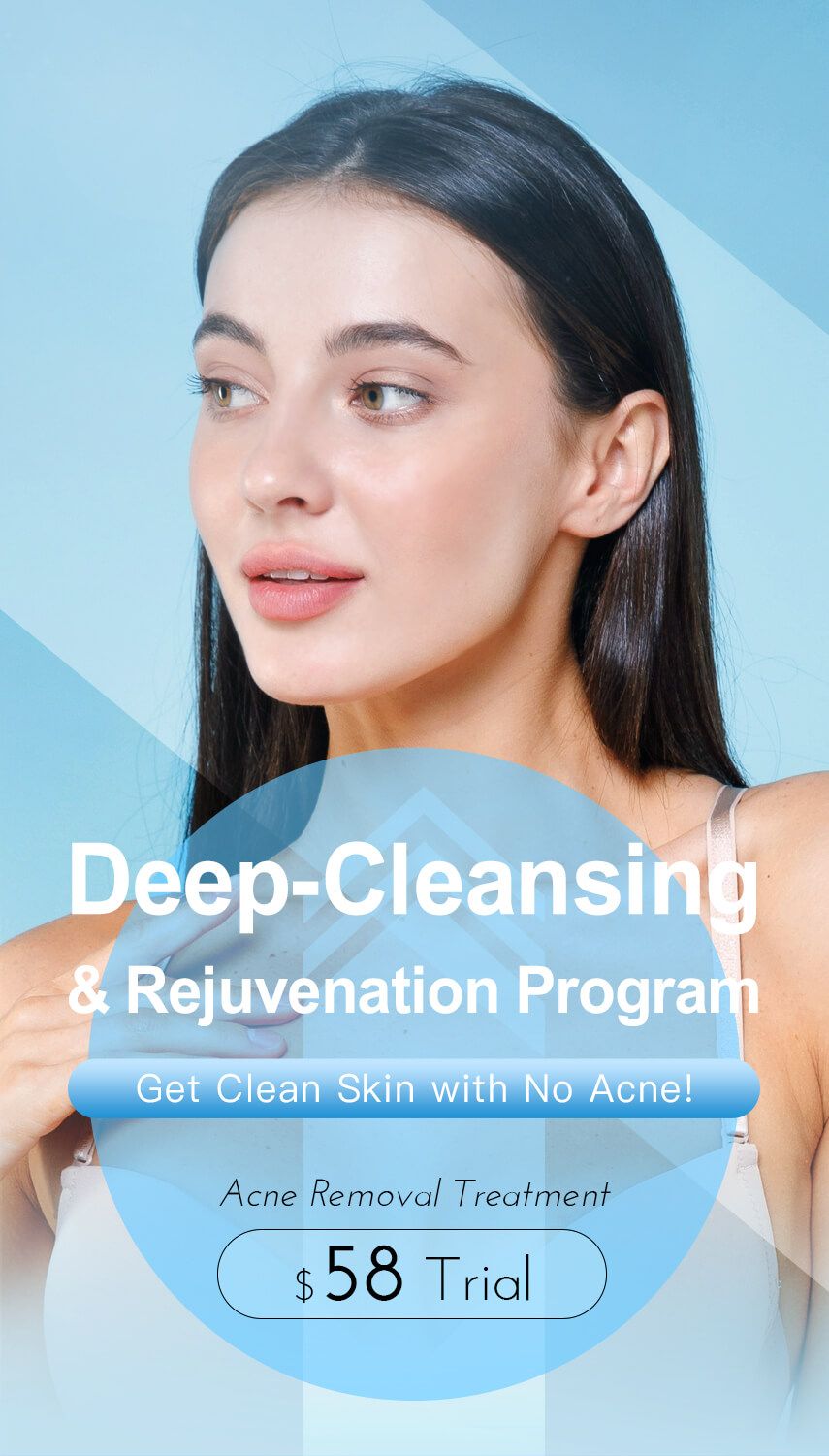

5
What are the Common Acne Treatment Options in Australia?

Because of the prevalence of cystic acne, pharmaceutically purchased acne medications are ineffective. This implies that one will need to consult a physician if prescribed drugs are needed. One may not get the precise outcome for approximately two months, based on the kind of procedure performed.
Consult a dermatologist about the various cystic acne treatment options. In some circumstances, a mix of therapy is required.
Isotretinoin
Isotretinoin (Accutane), a potent prescribed medicine, is often regarded as the most successful therapy for cystic acne. It's generated from a potent type of vitamin A, consumed in capsule form each day.
Approximately 85% of individuals who consume it see changes within 4 to 6 months. Notwithstanding its usefulness, Isotretinoin has significant severe side effects.
Consult the physician if you suffer any of the physical signs:
· mood problems that are new or developing · IBD (Irritable Bowel Disease) · recurring migraines or bloody noses · bruises on the skin, skin irritation, bleeding while urinating, muscular and tendon discomfort
Oral antibiotic medication
If severe cystic acne occupies a large region of the skin, oral antibiotic medication may be employed to cure it. These operate by reducing germs and irritation, both of which can contribute to cystic acne production. Prescribed antibiotic drugs, on the other hand, do not treat excess sebum or dead skin cells that lay dormant on the epidermal layer.
Because of worries about bacterial resilience, antibiotics must solely be administered in the near term. If prescribed antibiotics don't really work, the physician will probably advise patients to immediately take isotretinoin.
Dietary antibiotics can cause the following negative impacts:
· stomach pain · diarrhoea · nausea · hypersensitivity to the sun · throwing up
Topical Retinoids
Vitamin A is also used to make cosmetic retinol. These, nevertheless, do not possess the same potency as Isotretinoin. This helps to treat and avoid severe acne by eliminating follicular hairs.
Retinoids are occasionally combined with external antibiotics to increase their efficacy. Regional Retinoids, which are available in lotions, creams, and moisturizers, can be administered on a regular schedule.
Even though there is now one OTC retinol (adapalene), cystic acne is typically only receptive to strength-prescribing formulations such as Avage, Avita, Differin, Retin-A, Tazorac
Taking external retinoids might trigger the skin to become red and flake. These withdrawal symptoms are typically transient as the epidermis adjusts to the medicine. Retinoids might also increase your susceptibility to sunburn, so always apply sunblock.
Spironolactone
Spironolactone (Aldactone) is an additional pharmaceutical effective therapy for cystic acne. It was originally employed as a reliever to alleviate oedema and elevated blood pressure. In regards to pimples, this medicine may be effective by effectively reducing androgen concentrations, which may be related to inflammatory conditions of acne. It's often only useful in women with pimples on their jawline or lower jaw.
Spironolactone can induce birth abnormalities, so don't consume it when you're trying to become pregnant. This drug is also not suggested for individuals who have renal illnesses.
Through one 2012 experiment, researchers discovered that dosages of 50 to 100 milligrammes (mg) per day perform the best. Nevertheless, it is not unusual to exceed 200 mg daily. This also minimises the possibility of adverse effects like
· breast sensitivity · fainting · tiredness · migraine · elevated potassium in the blood · abnormal menstruation cycle
Oral contraceptives
In some women, contraceptive pills are a suitable alternative for cystic acne. This approach is particularly helpful if you frequently develop acne cysts around menstruation hormone changes.
Oestrogen in birth control medications can help manage general levels of hormones and perhaps minimise acne. Contraceptive pills, however, are not appropriate for everyone. If one is smoking, suffers from blood clots, or is attempting to start a family, these drugs might not be right for you.
Even though external medications and creams may be recommended, laser treatment is one of the most sought- therapy to address this issue. The Signature Acne Treatment by Perfect Laser Clinics not only helps to remove dead skin cells but also balances oil secretion to prevent future acne breakouts!


6
Signature Acne Treatment: Remove Cystic Acne Painlessly and Efficiently Today!

The Signature Acne Treatment uses state-of-the-art dual spiral suction and drainage technology that gently and effectively removes dead skin cells from the skin surface while unclogging blocked pores that are filled with dirt, sebum and other bodily toxins.
This acne treatment clinic located in both Melbourne and Sydney administers vacuum microdermabrasion and deep cleansing for the face to give it a natural and clear glow.
The Signature Acne Treatment also infuses a medical-grade serum that is infused onto the surface of the skin. The purpose of the aforementioned hydrating serum is to ensure the skin maintains a balanced sebum secretion. The serum also helps to balance the skin's water-oil ratio to give it a less oily complexion.
This helps to prevent the further development of acne in the future!
7
The Final Takeaway

Cystic acne can indeed be difficult to treat, but it does not need to be your "regular." There seem to be techniques to efficiently control acne, clean the face, and reduce the likelihood of lasting scars or discolouration.
With the Signature Acne Treatment, you do not need to worry about side effects that might worsen the skin as no external medication is injected or applied to the skin! The two-way spiral suction and drainage technology used in this acne treatment in Australia works miracles on the skin as it painlessly removes cystic acne along with other forms of acne to give you a smooth and clear complexion!
So what are you waiting for?
Book your appointment for an acne-free face and boost your confidence with us today!
常見問題
Who is suited for the Signature Acne Treatment?
Individuals suffering from moderate to severe acne-prone skin can undergo this treatment.
How many sessions of the Signature Acne Treatment will I need to undergo?
Usually, we at Perfect Laser Clinics recommend 10 sessions as a complete course of treatment but if you are looking for additional treatment, you may consult our in-house wellness professionals.
What does the recovery time look like after undergoing this acne treatment Australia?
Unlike most acne laser treatments, the Signature Acne Treatment needs no recovery time due to its non-invasive nature.
What do I need to do before undergoing the Signature Acne Treatment?
Prior to the treatment, you will need to reduce excessive sun exposure as it may damage the skin during treatment. You also need to avoid using any skincare products that contain harmful acids and substances to ensure the skin is not irritated during the treatment.
Is the Signature Acne Treatment painful?
The Signature Acne Treatment is a non-invasive and painless acne removal treatment that helps to restore the skin’s natural water-oil ratio and also removes all forms of acne from the root without causing harm to the surrounding tissues.
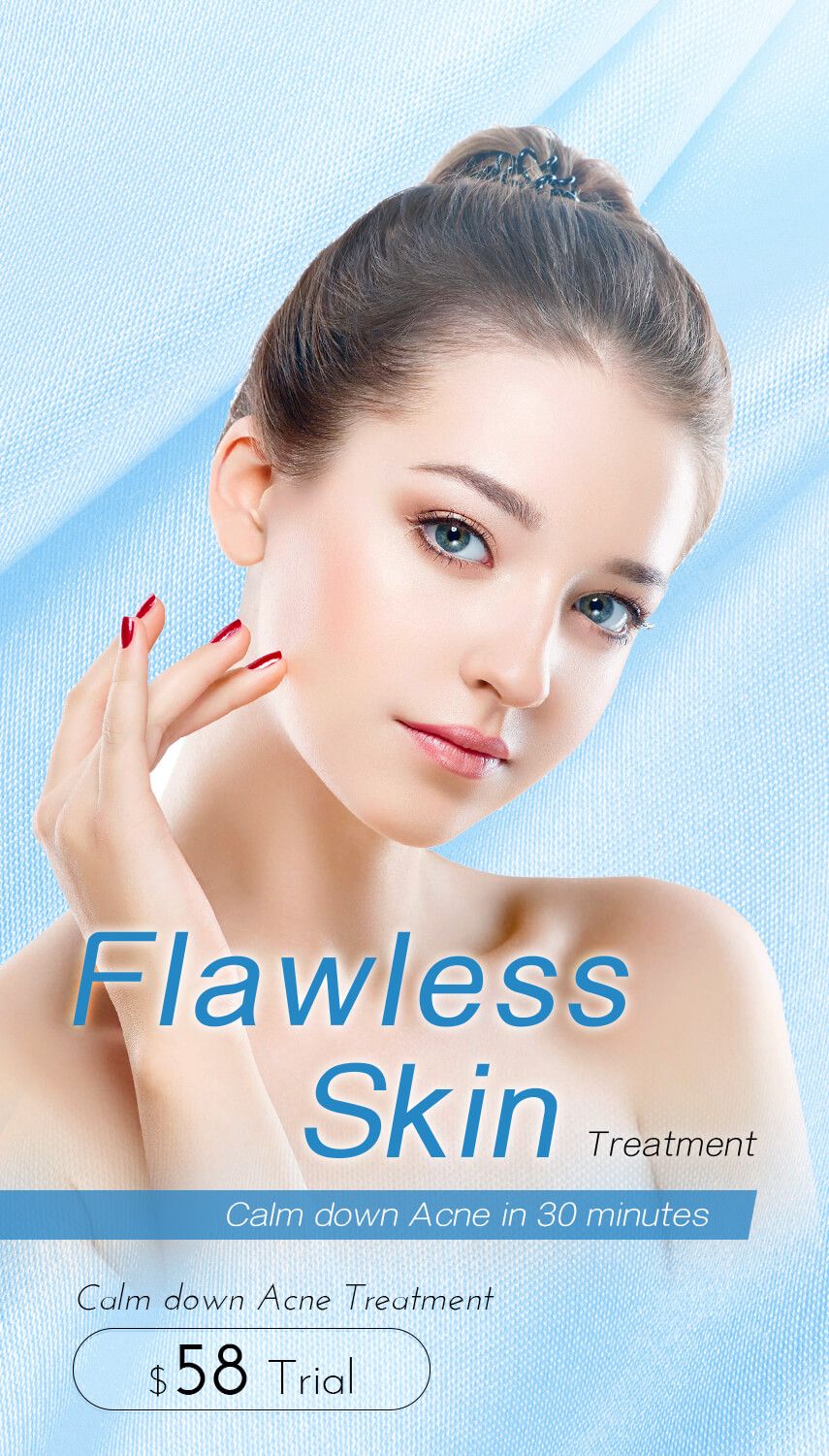
推介文章
COPYRIGHT©Perfect Laser Clinics 2025 ALL RIGHTS RESERVED









